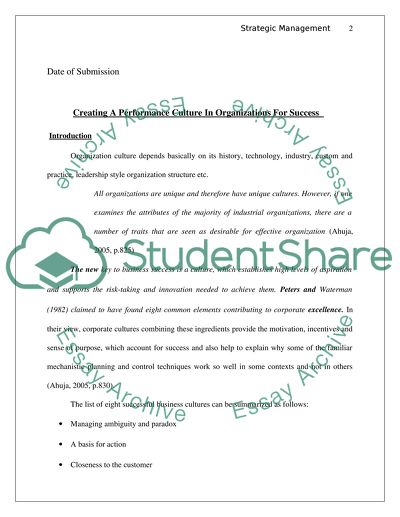Cite this document
(Strategic Management of Human Resources Term Paper, n.d.)
Strategic Management of Human Resources Term Paper. Retrieved from https://studentshare.org/human-resources/1541339-strategic-management-of-human-resources
Strategic Management of Human Resources Term Paper. Retrieved from https://studentshare.org/human-resources/1541339-strategic-management-of-human-resources
(Strategic Management of Human Resources Term Paper)
Strategic Management of Human Resources Term Paper. https://studentshare.org/human-resources/1541339-strategic-management-of-human-resources.
Strategic Management of Human Resources Term Paper. https://studentshare.org/human-resources/1541339-strategic-management-of-human-resources.
“Strategic Management of Human Resources Term Paper”, n.d. https://studentshare.org/human-resources/1541339-strategic-management-of-human-resources.


